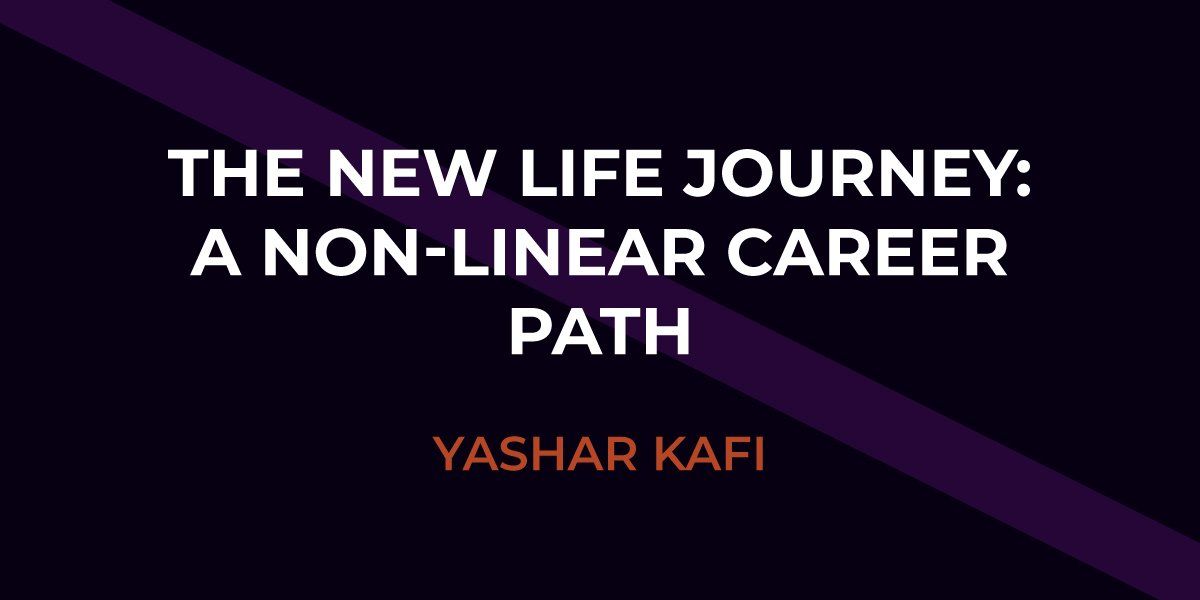The New Life Journey: A Non-Linear Career Path
After many years working in consultancy, there’s one thing that I can tell you as a matter of fact, without any sort of statistical sources: not everyone finds their perfect job straight away. And that’s okay. Everybody works at their own pace, and it could take a while to find the right role for you. In our ever-changing world, old traditions are dying out and with modernity comes agility and flexibility. The days of choosing a career path and sticking to it are gone. The days of non-linear career paths have just begun. What does that mean? It means that it doesn’t matter if you’ve had eight different job roles across several sectors. That’s becoming the norm. And with that change, we see the benefits that a diversity of roles can bring to a workforce.
Non-Linear, You Say?
It’s not a term that we hear a lot, but a non-linear career path is becoming the standard. These days we’re seeing workplaces that are full of employees who have jumped between roles, industries, and even sectors on the journey toward their dream job; we are a population of ladder-climbing obsessors, no longer!
And it’s understandable why—the traditional method is straightforward, and, in a simpler world, probably preferable. But in the modern world, full of noise and convolution, nobody wants to stick to the mundane, arduous, repetitive cycles of past.
We are still haunted by the past, with generations of people who grew up in the traditional system constantly reminding younger workers that their zigzag technique in life is bad. But, some of us need to try out a few positions, learn a myriad of skills, and test the waters before we find the perfect fit. Along that journey, you’re constantly advancing your abilities and enhancing your prospects, building up your skills, and experiencing a whole variety of different environments, people, and workplaces. In turn, making yourself more knowledgeable and, subsequently, more valuable to future employers.
Finding Common Ground
After working across several industries, in many unrelated jobs, you’ll most likely be able to find a common thread that weaves all of your experiences together—from both a personal and professional point-of-view. And along those threads, you’ll find a large number of skills and talents that transcend any industry or particular job role; they’re all transferable. Over the years, I’ve come across many people who have hugely varied experiences, but every one of them has collected that variety and made it work for them. The most interesting thing is that these people don’t talk about their life journey as a series of jumps from one role to another; instead, they refer to it as a zigzag of stepping-stones. The journey has led them to the point where they realize all of their experiences have harmonized in one place, at one time, where they are at this very moment.




